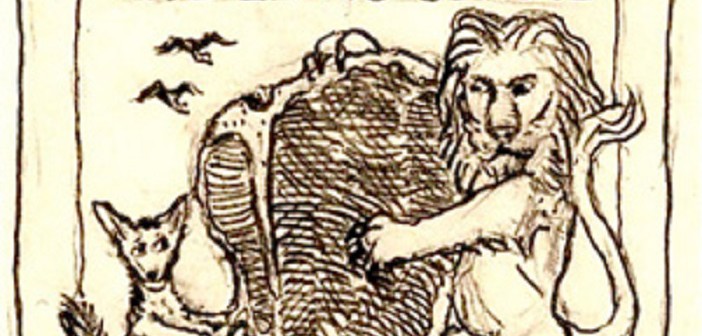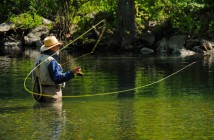Meaning Generally it means the largest portion, but that is not how it started out.
Origin A tale attributed to the ancient Greek slave storyteller, Aesop. As the fable goes, a lion went hunting with a fox, a jackal, and a wolf. They hunted until they caught a stag. Then the question was how should the spoil be divided? “Quarter me this stag,” roared the lion. So the other animals skinned it and cut it into four parts. Then the lion took his stand in front of the four parts and told the others how the meat would be shared: The first quarter is for me in my capacity as King of Beasts; the second is mine as arbiter; another share comes to me for my part in the chase; and the fourth quarter, well, I’d like to see which of you will dare to lay a paw upon it.”
There have since been many versions, each with its own variety and number of animals. The early Latin version by Phaedrus, a Roman storyteller, begins with this heads-up: “Partnership with the mighty is never trustworthy”. This version tells how a cow, a goat and a sheep go hunting together with a lion. When it comes to dividing the spoil, the lion says, “I take the first portion because of my title, since I am addressed as king; the second portion you will assign to me, since I’m your partner; then because I am the stronger, the third will follow me; and an accident will happen to anyone who touches the fourth”. (Looks like we have some lion’s share going on in today’s economy with the 1%ers.)
In the Greek version by Babrius, of whom not much is known, it is a wild donkey and a lion who go hunting. The lion divides their take into three, awarding himself the first because he is king of the beasts, the second because they are ‘equal’ partners, and suggesting that the ass runs away quickly before daring to touch the third. The moral Babrius draws is, “Measure yourself! Do not engage in any business or partnership with a man more powerful!”




